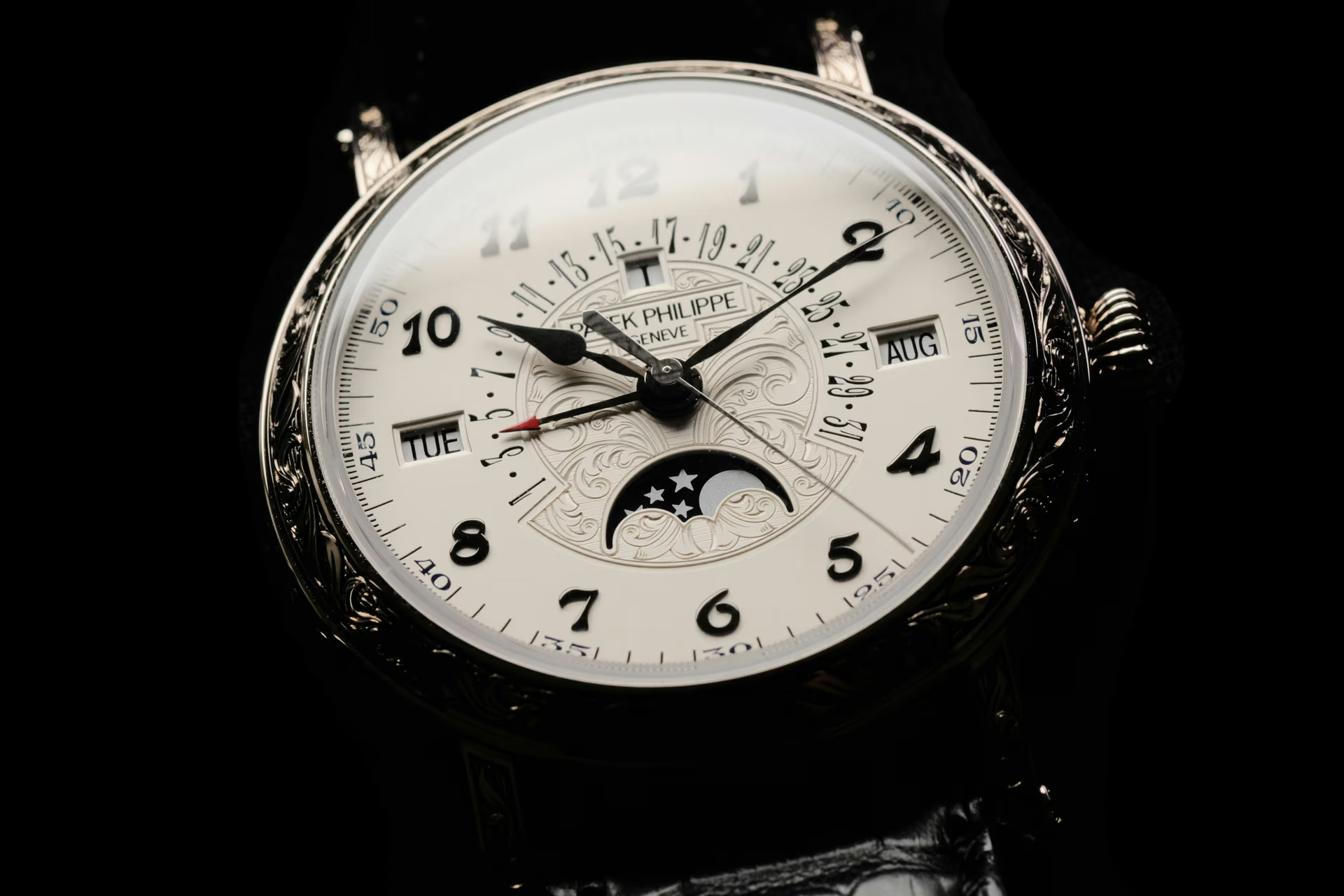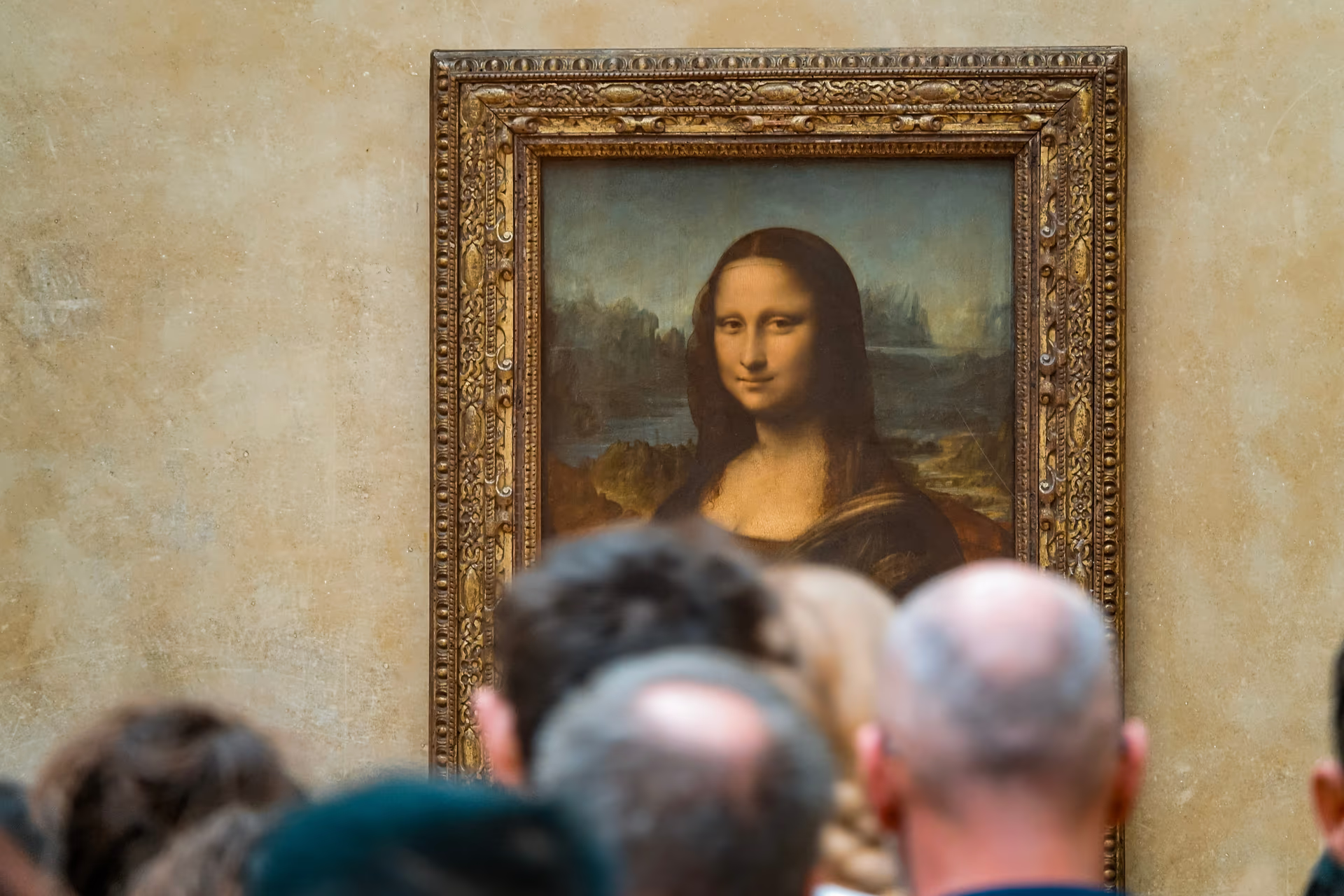In September 2008, as global financial markets crumbled with the historic collapse of Lehman Brothers, a remarkable event unfolded — artist Damien Hirst's Sotheby's auction shattered records, raking in $201 million. This striking contrast highlights the resilience of alternative assets, illustrating that even in times of crisis, opportunities can be found beyond traditional investments.
When discussing investments, most people automatically think of stocks, bonds, real estate, and similar assets. However, in recent years, modern investors have increasingly turned their attention and resources towards alternative assets to diversify their portfolios and maximize returns. But what exactly are alternative assets, and why is investing in them such a compelling idea?

A Brief Introduction to Alternative Assets
They might seem daunting at first, but alternative assets are actually quite straightforward once you grasp their nature and investment dynamics. These assets encompass a diverse range, from collectibles and cryptocurrencies to hedge funds and private equity funds. Unlike traditional investments, alternative assets don't always mirror the fluctuations of the stock market, allowing investors to potentially shield themselves from economic downturns.
Here are some of the most common alternative assets that are captivating investors these days:
- Hedge Funds - These funds employ a variety of strategies to generate profits irrespective of market fluctuations. While the potential returns are high, so are the risks and costs.
- Venture Capital - This involves investing in new businesses with high potential. Profits can be significant if the company succeeds; failure means losing your investment.
- Private Equity - These investments target non-public companies. While the eventual sale can yield impressive profits, it requires active involvement and a great deal of patience.
- Cryptocurrency - Considered by many as the future of money, cryptocurrencies have become a popular investment, albeit with high volatility and regulatory risks.
- Real Estate - Investing in properties can offer both long-term appreciation and steady rental income. The potential returns are rewarding, but the initial cost is substantial.
All these types have their own merits and risks, but we believe that the most exciting type of alternative assets today is rare collectibles. This category includes valuables such as fine art, rare watches, classic cars, vintage wines, and trading cards, among others. These items are known for retaining their value over time and often appreciate significantly, sometimes experiencing exponential growth that can transform early investments into substantial wealth. Their appreciation rate can be influenced by several factors, including condition, demand, and rarity. It's truly incredible how many of these items consistently outperform traditional investments, offering both financial rewards and the joy of owning something truly special.

Why Invest in Rare Collectibles?
Here are some of the excellent reasons to consider investing in rare collectibles:
Diversification and Risk Mitigation
One of the primary reasons investors gravitate towards alternative assets is their ability to diversify portfolios. Traditional assets like stocks and bonds often move in tandem with the broader economy, rendering them susceptible to market crashes. In stark contrast, rare collectibles tend to remain resilient during economic downturns, providing a crucial safety net for investors.
Take the 2008 financial crisis, for example. While stock markets tumbled, the value of rare art and vintage wines, and other collectibles held steady or even appreciated. More recently, assets such as Luxury watches and Pokémon cards have continued to increase in value despite inflation worries. This stability makes rare collectibles an attractive option for those looking to safeguard their wealth and achieve long-term growth.
Potential for High Returns and Value Appreciation
Many alternative assets, particularly collectibles, have outperformed traditional investments in terms of long-term appreciation. Here are some notable examples that highlight their impressive growth:
- Fine Art: Blue-chip artworks by legendary artists like Picasso, Basquiat have generated annual returns ranging from 8% to 12% over the past few decades, testament to their enduring value.
- Watches: Luxury timepieces from renowned brands like Rolex and Patek Philippe have not only held their value but have consistently outpaced gold in terms of value appreciation.
- Classic Cars: Take the Ferrari 250 GTO, for instance. Originally sold for $18,000 in the 1960s, its value has skyrocketed to over $70 to $80 million today
- Trading Cards: A 1952 Topps Mickey Mantle card sold for $12.6 million in 2022, which shows just how explosive the growth can be in the collectibles market.
Uniqueness and Passion Investment
One of the most compelling advantages of collectibles over traditional investments is the joy they bring to their owners. Owning an extremely rare comic book or a historic coin provides an intrinsic satisfaction that bonds or stocks simply cannot offer. The personal connection and historical value of each collectible add layers of meaning and delight, making the investment experience both fulfilling and profitable. Collectors often pursue these treasures for the sheer pleasure of possessing them, with the substantial financial returns serving as an impressive bonus.
Direct and Tangible Ownership
When you invest in stocks or bonds, you know you are putting your money in something that stands to make a profit eventually, but the physical connection is lacking. Of course, you will get a piece of paper certifying your investment but it's not something you get to touch and enjoy. In contrast, collectibles offer a unique sense of ownership. These tangible objects can be admired, touched, and displayed, providing both personal satisfaction and a visual testament to your investment acumen.
Join the Ranks of Elite Investors
The ultra-wealthy are investing in rare collectibles for a reason. This exclusive asset class, driven by affluent investors, not only promises exceptional returns but also offers access to a world of private auctions, elite events, and exclusive off-market deals. By tapping into this market, you're positioning yourself alongside the world's wealthiest investors and gaining entry into an exclusive network where true wealth is created.

How to Get Started?
There used to be a time when investing in rare items was an activity exclusivly reserved for the ultra-wealthy, but that is no longer the case. Now, with collectibles like fine art, luxury watches, classic cars, and trading cards delivering exceptional returns, there has never been a better time to diversify your portfolio and indulge in your passions.
At our platform, AltFolio, we are democratizing this once-exclusive market, making it accessible for everyday investors to co-own high-value assets. This shared ownership model provides access to profitable markets without the necessity of vast capital. It allows investors to cultivate wealth while engaging with assets they genuinely cherish.
